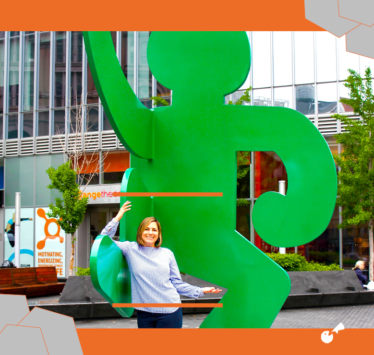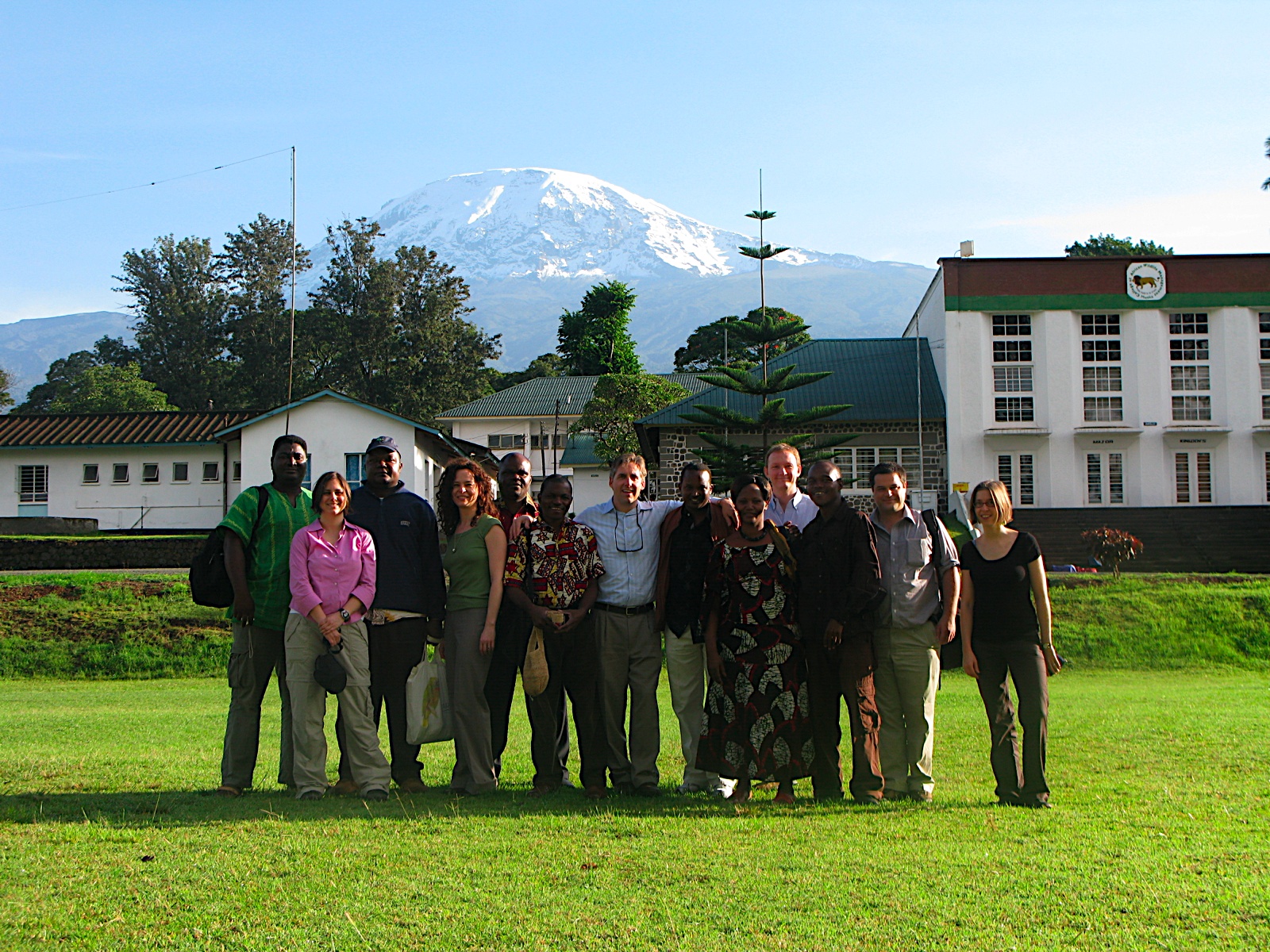
My “it’s all about the people” moment
When I made the decision to change careers from advertising to wildlife conservation, it was because I wanted to be “a voice for those who are unable to defend themselves.”
This is how I phrased my pursuit in volunteer and job applications, informational interviews, and in my resignation letters* at Ogilvy.
I felt the pull to “fight the good fight” – as opposed to “working for the man” – and was particularly focused on protecting chimpanzees from the bushmeat crisis, impacts of deforestation, and captive use in medical and entertainment industries (especially advertising!)
Even though the calling was strong, the reality was that it took nearly two years before I was able to successfully make a career transition.
For a detailed look at that transition, you can check out this journey map I created over a decade ago so I would always remember the details of it all:
*I resigned from Ogilvy twice. Once from my position as Account Supervisor so I could get off the career ladder trajectory and a second, and final, time from my Creative Resources position.
Getting my foot in the conservation door
My first position in conservation wasn’t perfectly aligned with my goals.
I was the Director of Marketing at Rare, responsible for developing website content, writing newsletters, designing brochures, and buying swag for donor events.
It was not exactly the position of advocacy and soapbox podium thumping I was dreaming about.
But I was still adamant about pursuing my purpose and mission to save and protect wildlife. In fact, my office mate was used to me proudly declaring, “F* people! I’m here for the animals!”
Six months into the job, an opportunity to get closer to field work presented itself.
One of the regional programmatic teams needed support to deliver a 10-day workshop on addressing bushmeat issues in Tanzania. (This was part of the larger USFWS MENTOR Fellowship Program led by The Mweka College of African Wildlife Management and the Africa Biodiversity Collaborative Group.)
So, I made an impassioned pitch to my boss to join.
It was a perfect fit in my eyes: I had spent the past six months helping Paul Butler develop the workshop curriculum, I was well-read on the topic of bushmeat hunting and consumption, and we needed to capture lessons from the pilot delivery of the new workshop materials.
Although it was unusual for someone from the Marketing team to support such an endeavor, I got approval from my boss and from the regional team to join.

A shift in perspective
That workshop was a game-changer for me.
I was enthralled by the passion and dedication of the Fellows, many of whom had made their own career changes to lead conservation programs for protecting chimpanzees.
The Fellows’ willingness and ability to empathize with the real-world challenges and livelihood needs of bushmeat hunters, sellers, and consumers while also recognizing the urgent need for behavior change jolted me out of my “people are the enemy of animals” anger.
And the energy, enthusiasm, laughter, and play that infused each day of the very intense workshop taught me that conservation is a long game and we need to have some fun in order to remain resilient.
After excitedly rambling on about my experience upon my return, my office mate could tell I’d had a change of heart. “So, is it still F* people???” she asked.
I had to take a pause. I hadn’t even realized it myself; her question forcing a moment of reflection.
“Shit. It’s all about the people, isn’t it.”
I couldn’t help but laugh at myself as she knowingly smiled and nodded from across the room.
Not a career change; a career combo
The most important aspect of this a-ha moment for me was the realization that I was not, in fact, changing my career from advertising to conservation.
Rather, I was pursuing a path to combine them.
Later that same year, I transitioned out of the Marketing department and into a regional team to work directly with conservation partners around the world to design and implement behavior change campaigns.
It was at this time that I really saw the value of my advertising skill set.
My conservation partners understood the science of their work extremely well, but had less experience developing outreach materials and mobilizing community members around conservation goals.
I was able to work hand-in-hand with them to conduct qualitative research that resulted in strong creative briefs, powerful messages, inspiring creative materials, and measurable results in behavior change.
We were using the pieces I loved about advertising towards a purpose I felt passionate about.
Along the way, I’ve added more fields to the combination of advertising and conservation; pulling from the behavioral and social sciences and tracking global shifts in consumer trends, which you can see reflected in my writing and trainings today.
But none of those dots would have connected…
Without that first-hand experience.
Without that initial a-ha moment.
Without that shift in perspective from ‘people as the problem’ to ‘people are the solution’.
It was an essential change in mindset that opened up many more opportunities to find and innovate solutions to these pressing conservation challenges.
My assumption is that if you’re reading this, you already know it’s about the people.
You already had your wake-up call.
Or, you knew it all along. Lucky you!
So, when did you first realize it was all about the people?
I’m sure it’s a moment you remember. Just as this moment is one that will always stick with me.




